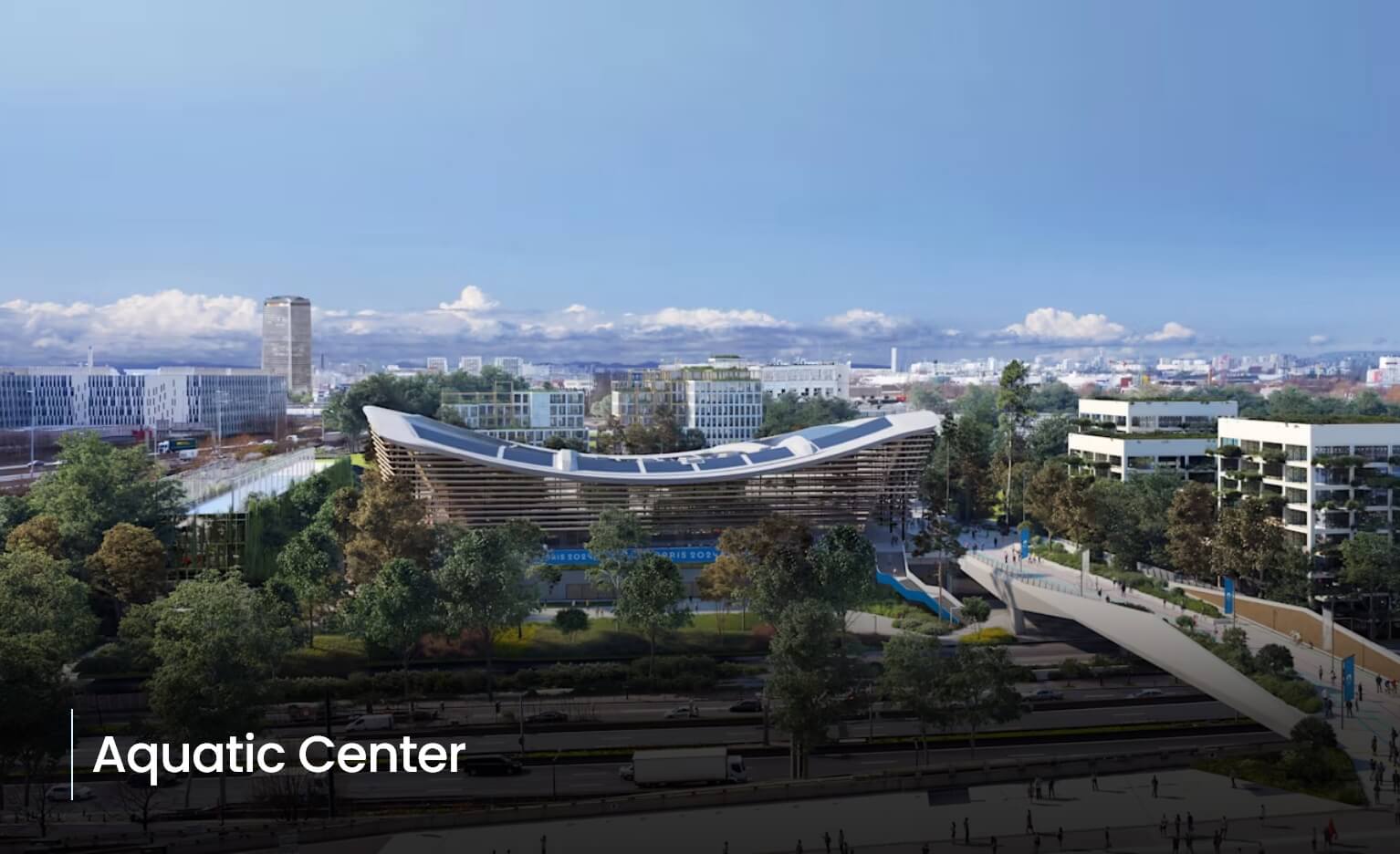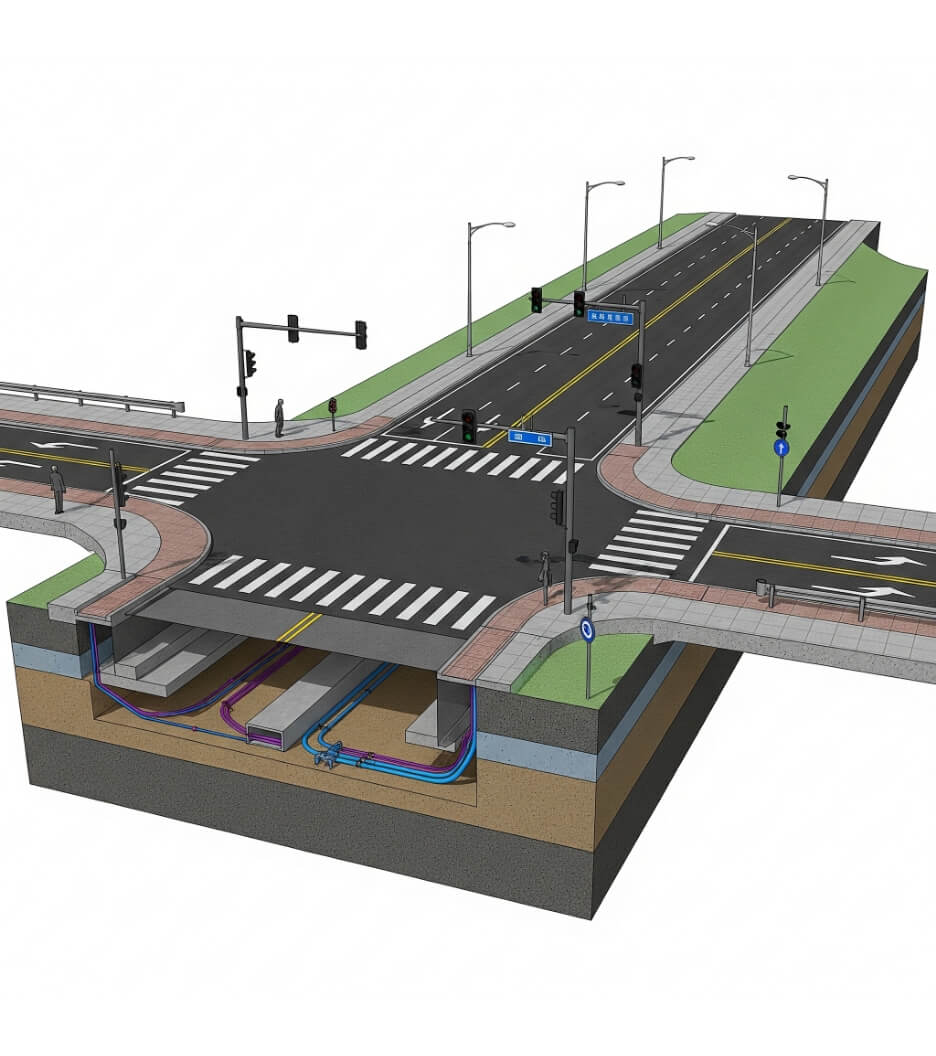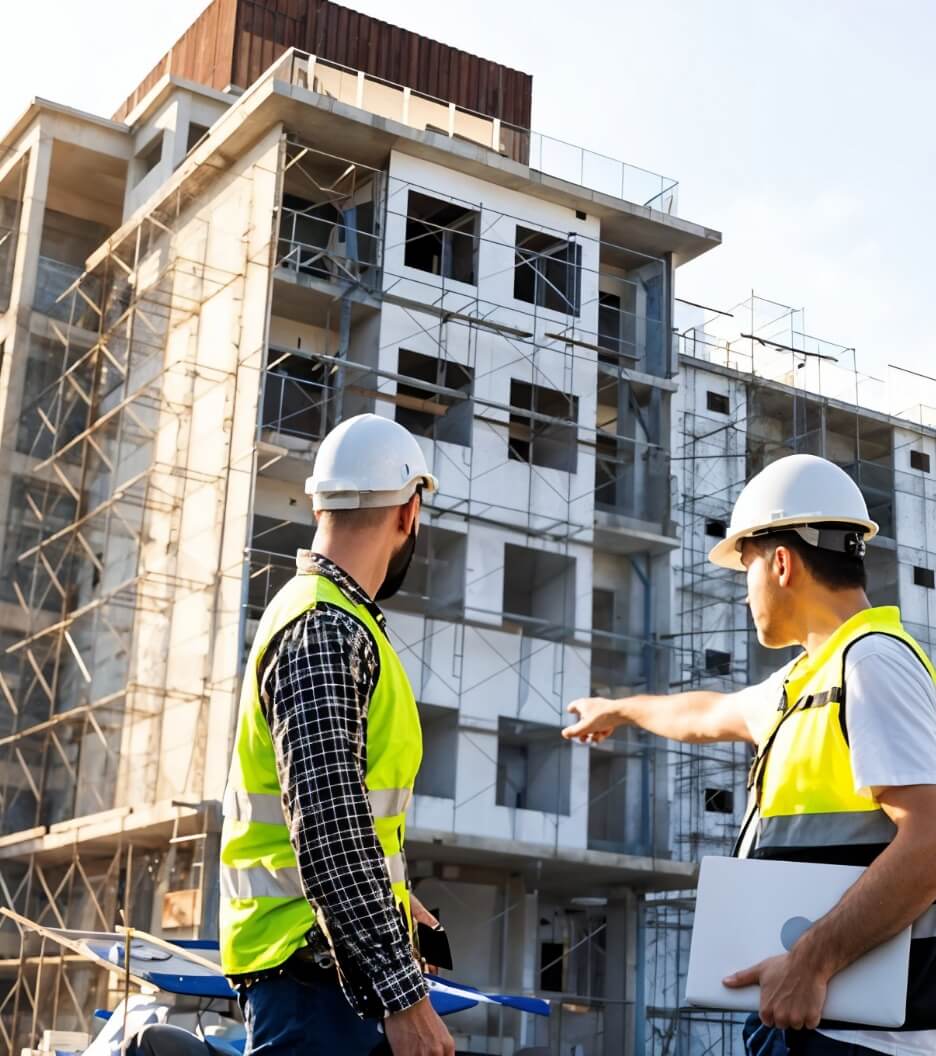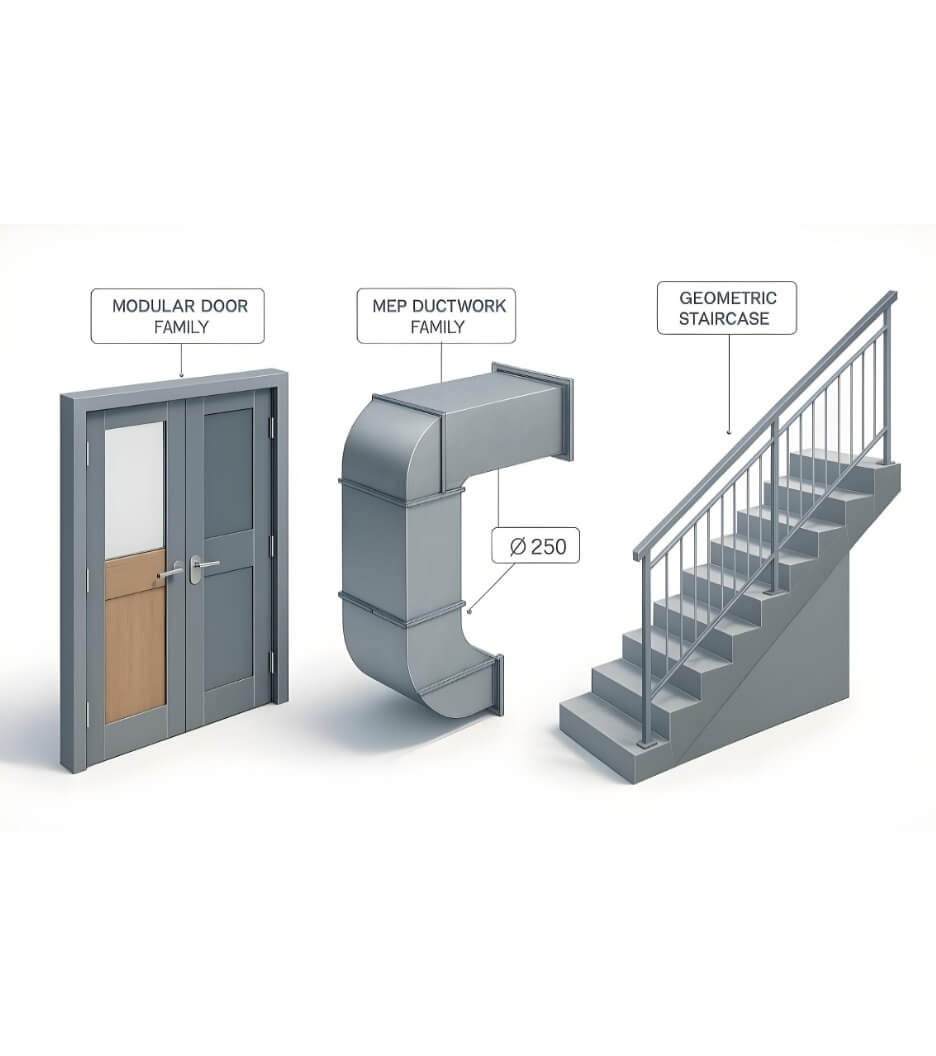 Rahul Dogra
Rahul Dogra
Reinventing Paris Olympics 2024 Venues with BIM
 Rahul Dogra
Rahul Dogra

Send Us Your Requirement
Different nations around the world truly took hold of the Paris Olympic Games 2024. From Yusuf Dikec’s talented shooting skills to China’s excellent swimming performance in the 2024 Olympics, the spirit of sportsmanship arose in everybody. There are many heroic performances that made the Paris games more interesting. A lot of dreams were fulfilled, and many athletes overcame health challenges to reach the pinnacle of their sport that took their nation’s flag swung in pride. However, the success of the Paris Olympics 2024 games was not only contributed by the athletes but also had two unsung heroes, which made the games more sustainable and efficient. BIM and digital twins, which are BIM-powered digital replicas of the infrastructure. As the grand success of the Olympics games 2024 in Paris was held with sheer joy, excitement and sportsmanship. On the other hand, it also has some great architectural venues that enable sustainability in the environment and future repurposing of infrastructure for the Olympic games.
The city of lights, Paris, has always been a special focus on the architectural language. The intricate work of art is memorized till today. However, Paris has made another history in innovation with the commencement of the Olympic Games 2024, almost hosted by the city after 100 years. While Paris embodies a range of architectural eras, the city in modern times aimed to transform, convert, and restore the heritage infrastructure, utilizing existing stadiums and venues for sports events while constructing temporary structures with excellent technology called BIM architectural services.
As the AEC sector has evolved with the rise in technology, BIM has been categorized as a groundbreaking innovation for the experts. In the landscape of the architecture and construction industry, accuracy and efficiency are paramount to any project’s success, keeping in mind the latest trends. More or less, BIM modeling services have become a part of today’s architectural sector. With the power of BIM technology and its list of benefits in the project, Paris took an opportunity to utilize building information modeling to create sustainable strategies that allowed a harmonious blend of historic and modern architecture that resulted in a unique Olympic 2024 experience. Additionally, Paris has a rich history of hosting sports events, and the Olympic 2024 games are the added highlights in the commitment to showcasing the city’s diverse architectural and cultural diversity.
Make Efficient Use of BIM Technology in Large Scale Complex Projects
Get a Quote
Since many nations around the world have hosted prestigious Olympic games, they have suffered or are still suffering from its after effects. The shooting point is that hosting the Olympics is expensive, complex, and challenging in terms of stadium, infrastructure, and other venues. However, keeping in mind the current environmental and climatic conditions, the City of Lights has essentially tried to utilize the existing stadiums with one newly built arena called the Aquatic Center.
With 35 stadiums hosted a total of 15M visitors, which is significant enough to understand the seriousness of having strong structure & efficient planning to maintain the spaces while being carbon & cost conscious or anything that causes harm to the environment. Many cities that previously hosted Olympic games struggled with legacy issues due to the lack of access to technology. However, the Paris Olympics 2024, with the power of structural BIM services and digital twin technology, offered a unique experience. These technologies empowered athletes to train intelligently and effectively, providing a glimpse into the future of sports. Let’s delve into the specifications of how these technologies supported the Paris Olympics 2024 games, offering a unique and intriguing perspective on the topic.
BIM Initiatives in 2024 Olympics Pairs Games
As discussed, hosting an Olympic in any city is challenging and expensive. However, the city of lights, Paris, has smartly catered to the challenges with the help of BIM modeling services that are used to plan, model, and deliver projects under tight specifications. Each venue of the sports event also meets sustainability requirements and delivers projects that are carbon- and cost-conscious. Another challenge is coordination due to multiple agencies and stakeholders involvement. However, BIM in project management has led to zero errors, inconsistencies, and inaccuracies.
Through the ability of BIM architectural services to organize and standardize the data, the use of digital twins also became possible, where professionals can enhan9ce visibility, increase efficiencies, and have data-driven insights for the authorities involved. The world wide sports event was committed for low carbon emitting venues and games. In the digital 3D model, developers could visualize stadiums and venues with 100% renewable energy through solar panels which also showcased the working procedure and impact on the venue. BIM modeling services further played a key role in several Paris Olympics 2024 venues, including;

Olympic Village
The Olympic village was designed to cater to and accommodate 17000 athletes. The designers leveraged the power of BIM technology to provide sustainable, adaptable, and future-proof infrastructure, facilitating the post-game reuse of the infrastructure. The idea was to build the space that required minimum retrofits and turn it into residential, office, and commercial space with the sustainable factor still intact. After the conclusion of the 2024 Olympics and Paralympics, it was estimated to generate almost 40% employment.

Plaza de La Concordia (Urban Sports Pavilion)
Plaza de La Concordia is a historic site in Paris that is also the largest urban park for many Parisian activities. For worldwide sports events, the place was turned into an eye-catching venue for basketball, breaking, freestyle, and skateboarding events. BIM structural services enabled professionals to create a space that met the requirements of the Olympic games and served the local community’s needs after the games.

State de France
State de France has undergone renovation with scan to BIM services in focus since it was built in 1998 for the Football World Cup. For the Olympics 2024, it was a venue for a grand closing ceremony and a sports field for Rugby and athletics champions. The 3D model played a critical role in planning the upgrades in the stadium while ensuring timely, sustainable, and efficient completion.

Aquatic Center
It was a newly built venue for swimming, water polo, and diving events. With the help of BIM modeling services, the Aquatic Center is a low-carbon-emitting infrastructure that uses bio-based materials. The venue will be a hub for other sports activities, hosting national and international events and post-Olympic games.
The successful integration of building information technology in the Paris Olympics 2024 venues has not only met the standards of the games but also ensured the efficient use of the venues. This implementation of BIM has resulted in the lowest carbon emission report compared to previous host cities, reassuring the audience about the effectiveness of the technology. Beyond sustainability, the integration of BIM has also offered numerous benefits, demonstrating its potential for future projects.
Advantages of Integrating BIM in Paris Olympics 2024
The Paris 2024 Olympics made history by following standards for energy-efficient venues, sustainable design, and more. In addition, integrating BIM modeling services offered numerous benefits to Olympic organizers and developers.
- Enhanced collaboration and communication: One of the prime benefits of BIM is enhanced collaboration and communication among different AEC professionals and stakeholders, which results in minimized errors, delays, and costs.
- Optimized asset management: Having 3D BIM models that also serve as digital twins allows efficient management of the infrastructure throughout the lifecycle and improves operational efficiency.
- Early conflict detection: A curated BIM model enhances the visualization aspect, which also helps in identifying early conflicts and errors in the design. This saves time and costs that can impact the later stage of the construction.
- Improved planning and scheduling: BIM modeling services help to ensure the project is completed within the timeframe. This is estimated with the BIM level of details that represents each stage’s completion and progress tracking.
- Increased construction efficiency: The groundbreaking technology optimizes the process, helping to reduce material waste and energy consumption in the infrastructure.
With multifaceted benefits, it also exemplifies the transformative power of technology in the AEC realm. Paris Olympics 2024 is a true example of efficiency, sustainability, and collaborative management of complex projects that can be influential for other high-end constructions.
Summing Up
Building information modeling (BIM) is one of the significant technologies in the AEC sector for designing, planning, and constructing projects with efficiency and accuracy while improving communication and collaboration. The Olympic Games 2024 in the City of Lights has become a true example of this. As BIM offers numerous benefits, it is advisable for AEC firms to opt for BIM outsourcing services by a team of professionals for reliable end results.


